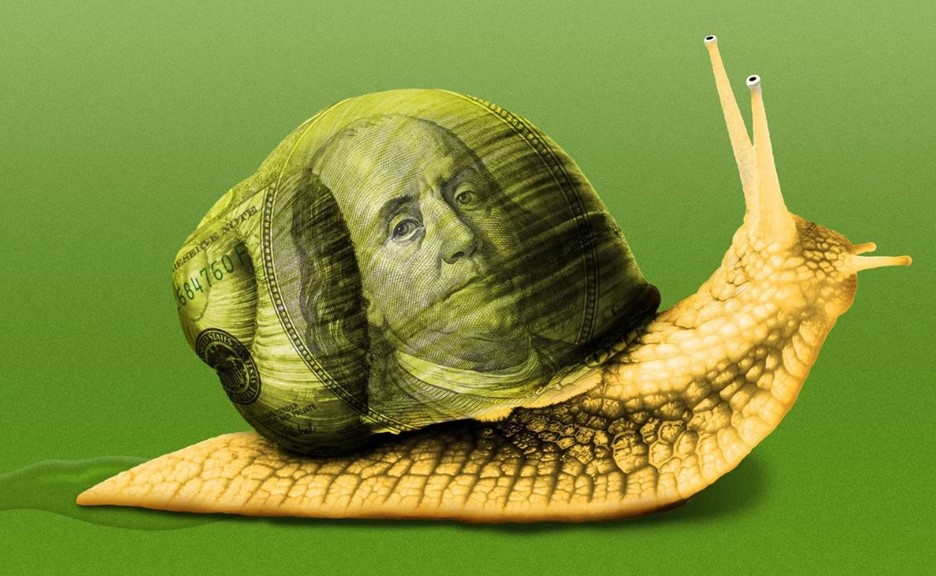
First half U.S. gross domestic product was a hair over 2%. Inflation expectations are nearly back to 2%. Job growth over last year? You guessed it.
First half U.S. gross domestic product was a hair over 2%.
Inflation expectations are nearly back to 2%. Job growth over last year? You
guessed it.
Why it matters: It
may not last, but right now, it looks like we're moving back toward the slow
growth environment that preceded the COVID-19 crisis, something we used to call
the "2% world."
Driving the news: A
flurry of decent economic data last week — all of which seemed to point toward
slowing inflation and growth.
The cherry on top was Friday's jobs report for August,
which showed the employment picture developing in a way that is perfectly in
line with the best-case scenario for the economy after last year's rate hike
surge.
Employment continued to expand, but the pace of that growth
was markedly slower: Annual job growth was just 2% — it averaged more than 4%
in 2022. That should continue to help ease inflation.
The big picture: This is another way of saying the Federal
Reserve seems very close to pulling off the so-called soft landing of the
economy that so many have hoped for.
Between the lines: This
would be a great outcome for the stock market, which has gotten a lift lately
from the idea that the Fed might not have to hike interest rates anymore. (They
crushed the market in 2022.)
What's more, if the Fed can stop easing without a full-on
recession, that should help support corporate profits and give the market
another reason to rise.
Yes, but: Not everything is turning up 2%.
For instance — long-term U.S. government bond yields, also
known as interest rates — continue to hover above 4%, higher than the 2%-Ish
level where they sat for most of the decade before COVID hit.
But, but, but: Market-based readings of inflation
expectations continue to come back to earth after flaring up during the
post-COVID breakout of price pressures.
It's one of the clearest indications that some of the
world's most sophisticated investors — these inflation expectations are based
on bond market prices — expect a return of the low inflation environment that
characterized the pre-COVID before times.
The bottom line: Bond yields basically reflect expectations
about growth and inflation — and growth is already at 2%.
That suggests the markets think it will take some time for
the Fed to slowly guide inflation back to its target. Which, of course, is 2%.